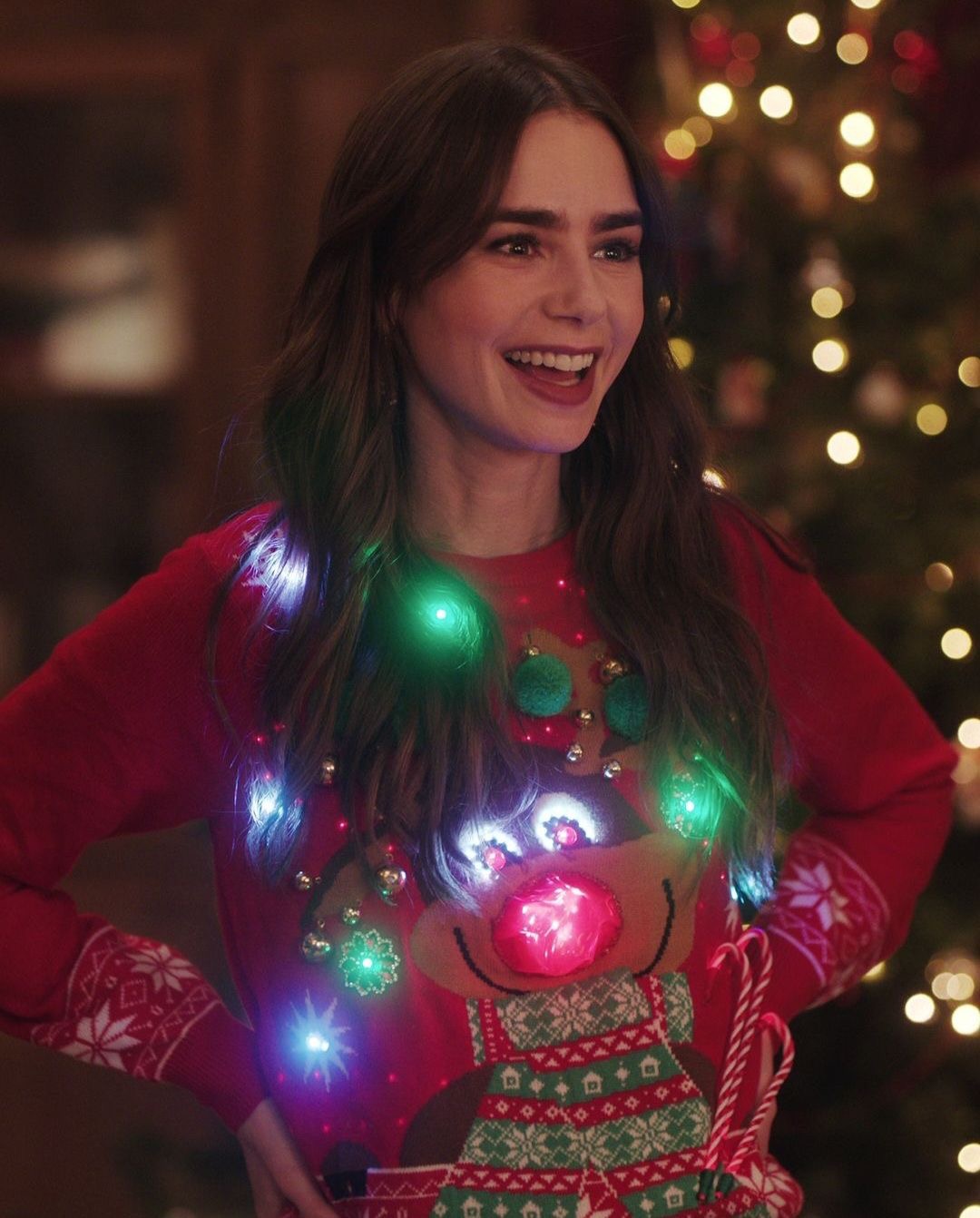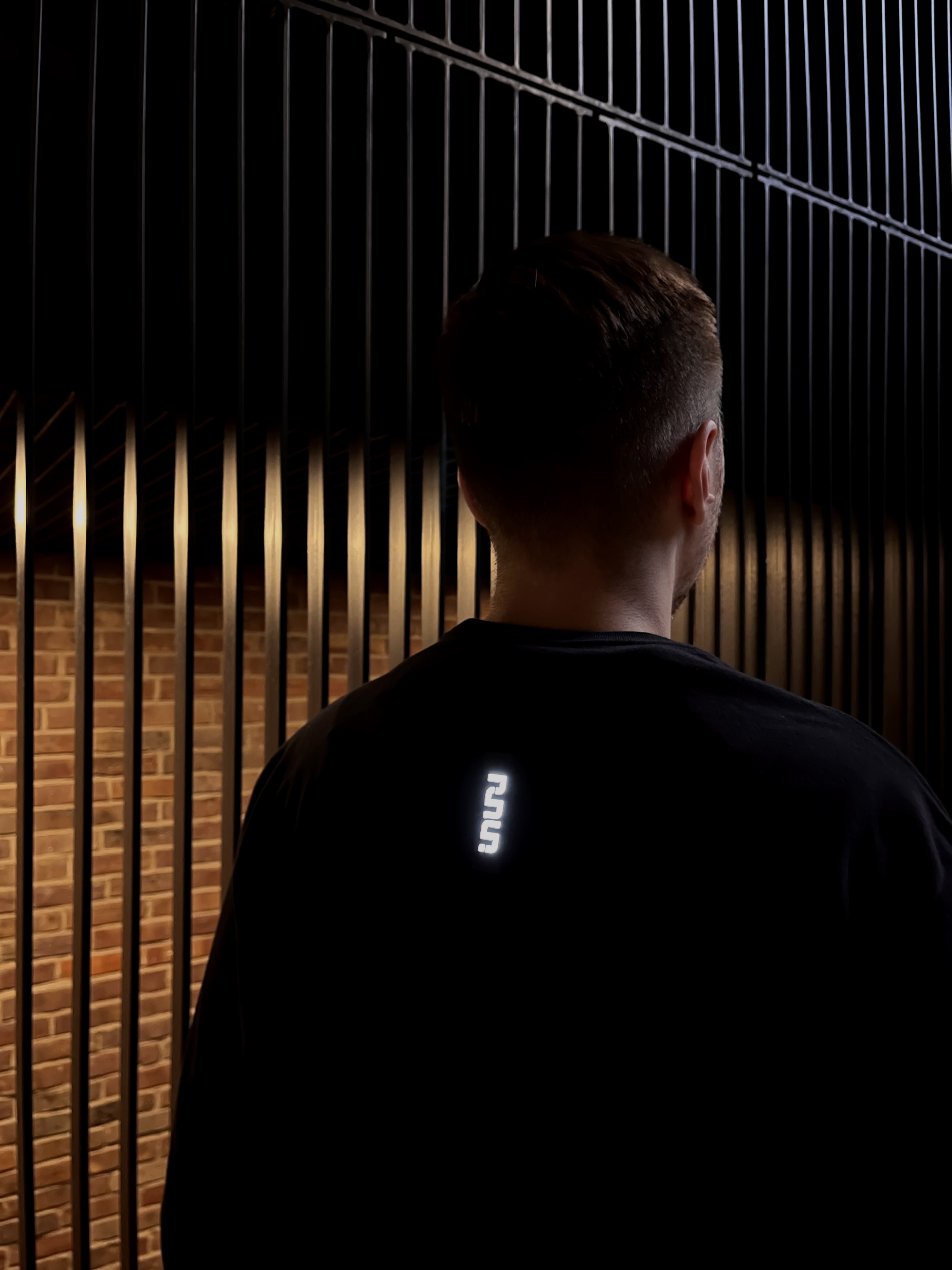Short answer: clothing and accessories that integrate organic light-emitting diodes as soft, glowing surfaces. OLEDs emit light across an area (not a point), so the effect is calmer and more fabric-like than clusters of hard LED dots. Because printed OLEDs can follow curves and logos, designers can make glowing graphics (brand marks, patterns, symbols) that feel deliberate and aesthetically integrated into the garment, not stuck on top.
Over the last decade, fashion and technology have been inching toward each other: runway experiments, performance costumes, festival looks, and safety gear all tested the idea that light can be worn. But the form factor has held us back. Point-like LEDs can look harsh or bulky on clothing; wiring and weight can compromise comfort. OLEDs change the equation: they’re thin, diffuse, and can be printed in free-form shapes, opening design space from couture to casual — and, crucially, expanding beyond “tech demo” toward everyday wear. Research labs have already demonstrated OLED textile modules and buttons designed for real garments, citing pliability and low weight as key enablers for fashion-grade integration.
When people wear light, they don’t just look different — they feel different. The experience blends physical comfort, psychological state, and social signaling. Below are the key dimensions, with research-backed context and field examples.
1. Comfort & embodiment
Physical comfort is step one. If a garment scratches, pinches, or overheats, it won’t be worn — no matter how magical the look. OLED modules designed for textiles emphasize pliability and low weight; research groups report purpose-built “buttons” and flat modules that can be laminated or integrated into seams without bulk. That matters because, in HCI and performance research, costumes that extend the body can change the wearer’s body schema — how they sense themselves — which influences confidence and movement. The more seamlessly the tech blends with fabric, the more naturally people inhabit it.
What wearers report: in studies of interactive costumes and dynamic fabric, participants describe heightened awareness of their movements, plus an altered sense of presence — as if the garment “amplifies” them. This amplification can be exhilarating or self-conscious, depending on context and crowd. Designers learned that smooth integration (no bulky boxes, no scratchy cables) reduces friction and lets wearers access the “expressive” benefits of the garment more quickly.
Design takeaway: OLED’s soft area light reduces the need for thick diffusers, helping you keep a garment light and bendable— critical for comfort and sustained wear.
2. Mood, confidence, and affect
A large body of literature links light and mood: brightness, spectrum, and dynamics affect alertness, calm, and perceived warmth. While most research concerns architectural lighting (homes, workplaces), the underlying principle is transferable: light shapes emotion. Reviews and experiments show that well-designed light can enhance mood, reduce agitation, and support cognitive performance, especially when tuned across the day.
Why it matters in fashion: Wearing a gentle, warm-toned area glow on a jacket or bag can create a sense of comfort and presence — both for the wearer and for people around them. In nightlife or events, where social evaluation is constant, a controlled glow can feel inviting rather than aggressive, unlike hard, bright points that can read as glare. Festival and stage-lighting studies also surface a second dimension: visual comfort. Excessive glare causes eye strain and avoidance; balanced, diffuse light supports attention and positive affect. OLEDs are naturally glare-resistant, which is a big plus.
Design takeaway: For garments intended for social settings, favor dim-to-mid brightness, warm-ish whites or color palettes that suit the brand identity, and slow transitions. Reserve brighter pulses for functional cues (e.g., crossing a dark street).
3. Identity, self-expression, and social signaling
Clothing communicates identity; lit clothing amplifies that signal. HCI work on social wearables shows how interactive garments can shape bystander perceptions, invite interactions, or even telegraph vulnerability and openness (when designed for that). In clubs and performances, researchers have documented how light mediates attention, cohesion, and collective experience. Designers must balance attraction with approachability: too bright and you create distance; too subtle and the signal is lost.
In the performing arts, luminous skins and interactive costumes recast the body as communicative surface — not a novelty, but a dramaturgical tool that changes how audiences read motion and emotion. Everyday fashion doesn’t need theatrical intensity to benefit: even a glowing logo lockup on a t-shirt can become a conversation starter at a bar or show.
Design takeaway: Consider contextual modes:
4. Being seen (visibility) vs. being watchable
There’s a meaningful difference between conspicuity (drivers/pedestrians can detect you) and aesthetic visibility (people can look at you comfortably). Classic safety studies show how material choice and placement influence detection. While those focused on retroreflective trims, the behavioral insight holds: placement and pattern matter more than raw intensity. For pedestrians and cyclists, moving joints (wrists, ankles, shoulders) are especially informative for onlookers. For fashion, this suggests placing OLED accents where they articulate motion without blinding.
Another emerging wrinkle: automated driver-assist systems don’t “see” like humans do. There’s early evidence that reflective clothing optimized for human drivers may not register well for some machine-vision pipelines, increasing the case for active, controllable light features that cameras can pick up consistently. OLED cues at strategic locations could contribute to machine-readable presence while staying audience-friendly.
Design takeaway: Use joint-accent placements and moderate luminance; let OLEDs outline recognizable motion rather than flooding the viewer with light.
High fashion has long experimented with luminous garments (from Hussein Chalayan’s LED/video dresses to today’s bio-luminous couture), using light as concept and spectacle. The artistic lineage is valuable because it set the visual language and trained audiences to read light as meaningful — not just safety gear.
Pop-culture case study: Clara Daguin’s illuminated sweater in Emily in Paris
French designer Clara Daguin—known for weaving light into couture—created a light-embroidered “ugly Christmas sweater” for Emily in Paris Season 4, collaborating with costume designer Marylin Fitoussi. Daguin confirmed the piece on her Instagram, describing it as a bespoke illuminated knit for the show.
On screen (Episode 4x06, “Ringarde”), Emily wears a light-up reindeer sweater that punctuates the scene with playful, festive animation—an example of luminous fashion reaching a mainstream, global audience. Listings that catalog show wardrobes also tag the look as a light-up Christmas sweater, underscoring how audiences and stylists are now comfortable with garments that actively emit light.

Technically, this specific sweater was realized with micro-LEDs (Daguin’s broader body of work includes LED/optic-fiber pieces, like her Luminous Aura bomber), which produce point-source sparkle—great for twinkling holiday motifs. OLEDs, by contrast, create thin, flexible area light with a softer, fabric-like glow and free-form shapes (logos, icons, seams). That aesthetic difference—sparkle vs. surface glow—is why OLEDs can read as more refined and wearable for day-to-night fashion beyond novelty or festive scenes.
What’s new is the emergence of textile-oriented light modules (including OLED) built for comfort and integration, not just showmanship. Labs and institutes have presented textile-ready OLED buttons and panels, with pathways for patterned, logo-shaped light sources that can be manufactured at scale — crucial for moving from one-off runway statements to repeatable product stories.
While much of the public literature involves LEDs or prototypes, there’s a growing body of real illuminated fashion in the field. Three examples from our own work illustrate distinct contexts:
Illuminated Jacket (Danpower)
Created by Inuru for Danpower—a Germany-based energy and district-heating company—the jacket integrates a logo-shaped OLED panel with subtle illumination on the back. The rainproof shell keeps it practical outdoors, while the OLED’s diffuse area light avoids glare and maintains comfort thanks to thin modules placed away from friction zones.

Longsleeve with “Inuru” Logo
This minimal longsleeve features the Inuru logo illuminated on the back, giving a clean, understated look with a soft, premium glow. In event tests it consistently acted as a social icebreaker (“Where did you get that?”). Power comes from a standard powerbank or your phone (via usb cable), so topping up is simple—no special chargers required.

OLED Backpack Inuru x Strauss
Co-created with Engelbert Strauss—a leading European workwear and gear brand—the backpack is designed to improve safety for workers during commutes, road visibility for cyclists, outdoor enthusiasts, and children. The integrated OLED provides high visibility not only in low-light conditions but also during daylight hours, ensuring continuous safety throughout the day.

Interactivity is where OLED fashion stops being decoration and starts becoming a medium. Studies of interactive costumes show that movement-reactive or touch-reactive light can deepen embodiment and audience connection — but only when the interactions are legible and meaningful (e.g., a pulse that echoes steps, a surge on a spin, a logo that gently “greets” when someone approaches).
Principles we’ve found effective:
A fashion-first piece can still advance safety. The trick is aesthetically acceptable conspicuity — visibility that feels good to look at. Borrow from pedestrian conspicuity research: place light on moving parts (shoulders, wrists) and outline silhouettes. For nightlife, where glare is punished socially, OLED’s diffuse area light is an asset: people notice you without feeling blinded. In transit, enable a brighter “transit mode” with timeouts.
Looking ahead, considering machine vision in vehicles and spaces, actively lit markers may be more consistently detected than passive reflectors. OLED accents can provide camera-friendly cues while preserving human comfort — a rare win-win.
From couture to community arts, light is narrative. Couture examples — from Chalayan’s video dresses to today’s bio-luminous looks — explore light as metaphor and motion. Everyday OLED fashion can borrow the grammar without the spectacle:
This isn’t trivial; audience perception studies show lighting can steer attention and emotion. Your garment, in effect, becomes part clothing, part situational lighting designer for the micro-scene around the wearer.
Human comfort
Social perception
Identity & storytelling
Ethics & inclusion
1. What is OLED fashion?
OLED fashion integrates thin, flexible organic light-emitting panels into clothing and accessories, creating soft, area light for logos, patterns, and animations — a blend of functionality and artistic expression suitable for everyday wear.
2. How does wearing light change social interactions?
Studies on social wearables and interactive costumes show light can invite conversation, signal mood, and shape audience attention. Diffuse, comfortable light improves approachability; glare repels. Legible, low-latency interactions (e.g., motion-linked pulses) deepen embodiment and connection.
3. Is OLED fashion comfortable and safe?
Textile-oriented OLED modules emphasize low weight and pliability; at fashion-appropriate brightness they run cool. Comfort depends on placement, backing, and integration quality. For streets and venues, moderate luminance and joint-accent placement support visibility without glare.
4. Is OLED better than LED for fashion?
For aesthetic comfort and graphic shapes, yes: OLEDs produce soft area light and integrate thinly into fabric. LEDs still rule for extreme brightness or long-range signaling. Many brands mix both technologies by context.
OLED fashion is the moment where light stops being a gadget and becomes a material for clothing — gentle, expressive, and socially intelligent. Research tells us that light shapes mood and attention; performance studies show it can amplify embodiment and invite connection. Fashion adds the final layer: identity, story, and context. When done right — soft brightness, legible animations, thoughtful placement — OLED garments don’t just help us be seen; they make us more watchable in the best sense: interesting, approachable, and alive to the moment.
Want to design an illuminated collection or a day-to-night brand piece? Let’s build it together — contact Inuru.
SOURCES:
(2)https://www.instagram.com/p/C__GCT5AC3z/?utm_source=ig_web_copy_link&igsh=Zng5aTg4bWdheGw1
(4)https://www.fep.fraunhofer.de/en/press_media/Pressemitteilungen2018/14_2018.html
(5)https://journals.plos.org/plosone/article?id=10.1371%2Fjournal.pone.0016429
(6)https://pmc.ncbi.nlm.nih.gov/articles/PMC11628446/
(7)https://pmc.ncbi.nlm.nih.gov/articles/PMC11275531/
(8)https://dl.acm.org/doi/10.1145/3173225.3173343?
(10)https://www.ijdesign.org/index.php/IJDesign/article/view/2872/790
(11)https://www.sciencedirect.com/science/article/abs/pii/S0925753521001028
(12)https://www.aaa.com/AAA/common/aar/files/Research-Report-Pedestrian-Detection.pdf
(14)https://www.nhtsa.gov/press-releases/nhtsa-fmvss-127-automatic-emergency-braking-reduce-crashes